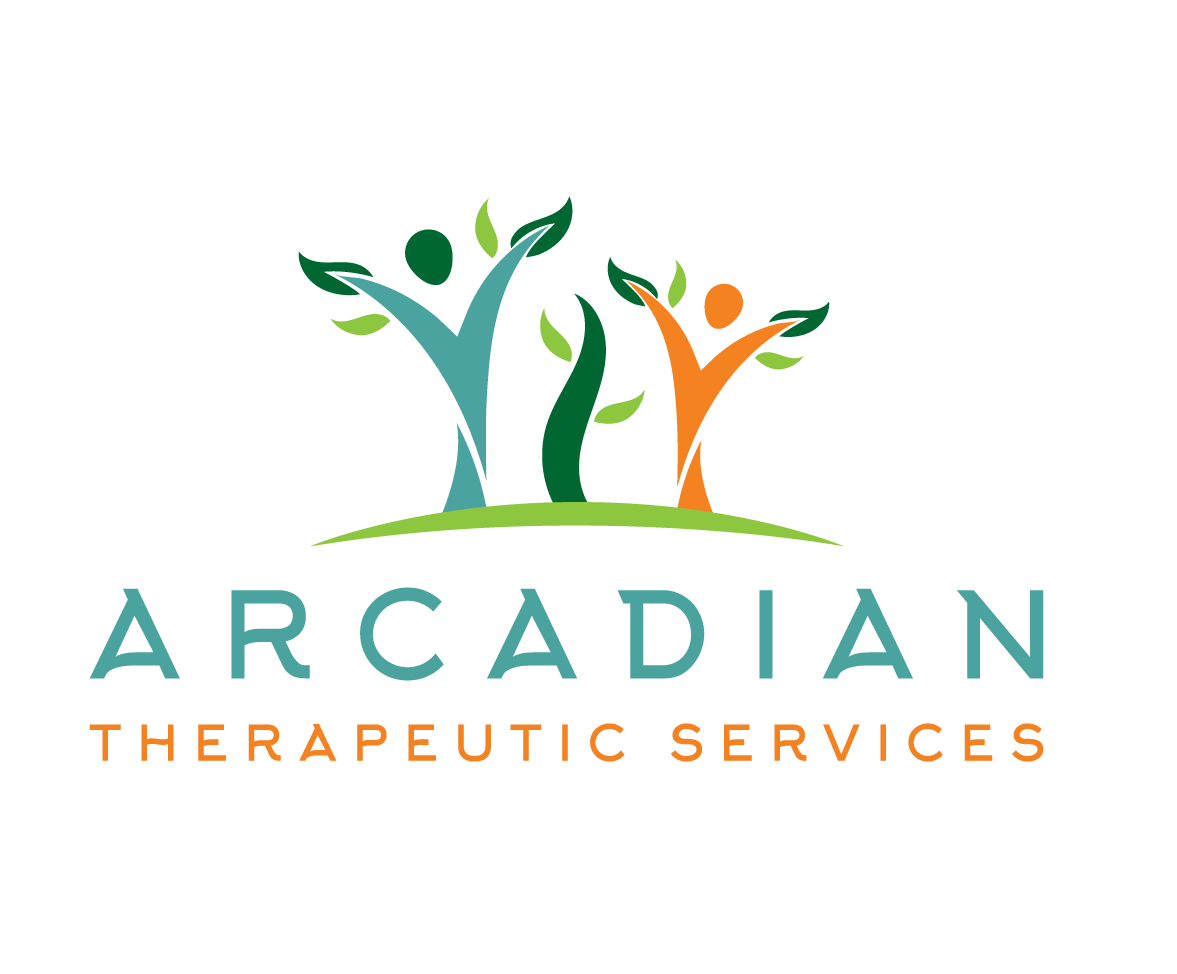BIPOC Barriers to Mental Health Care
July has been recognized as National BIPOC Mental Health Awareness Month. This month was created to highlight the unique issues underrepresented and marginalized groups face and the difficulties in finding mental health care and helping BIPOC communities receive treatment.
The BIPOC acronym is a new term that stands for “Black, Indigenous, and People of Color.” It serves as a replacement for the term “minorities” because it further marginalizes racial and ethnic groups instead of empowering individuals in these communities. Additionally, identifying ethnicity and race as a majority and minority further reinforces our unconscious biases.
Mental health does not discriminate. Non-white people experience similar rates of mental illness as white people, however, they face far more barriers when trying to access mental health care. Some of these barriers include:
Systemic racism and discrimination have a long history and impact in this country. This has impacted mental health care as well. Some BIPOC communities have a higher prevalence of being exposed to risk factors that increase the chances of developing a mental health condition. These factors can include homelessness and exposure to violence as a result of other forms of systemic racism. Even though mental health does not discriminate, one’s race, ethnicity, gender or identity can make it significantly difficult for someone to receive mental health treatment.
There is still a strong stigma against mental health. While there has been development to destigmatize mental health in recent years, many people in BIPOC communities face internal stigma when it comes to getting help. As a result of experiencing racism and discrimination, many individuals feel tied to their stories of perseverance and resilience. The thought or act of receiving mental health care can be considered a weakness, which could persuade one to not receive care.
A limited or lack of access to affordability or insurance is one of the biggest barriers for many individuals in the BIPOC community. Additionally, it can make it incredibly difficult for individuals with a language barrier to find a local provider to receive counseling. If one does not have insurance, they may be required to pay out of pocket. This lack of accessibility makes it even more difficult for BIPOC individuals to receive treatment.
Many providers don’t reflect the communities they serve. The majority of mental health providers are white. A disconnection can develop between providers and BIPOC individuals seeking treatment due to the lack of true understanding of their unique experiences. Counselors who have not had similar experiences of racism and discrimination, may not recognize how it negatively impacts one’s mental health. Counselors need to be careful of undermining the impact of systemic racism and discrimination as it can lead to a rupture of the therapeutic alliance.
In recent years, there has been a push for diversity and inclusivity to serve as a solution in order to help close the gap between mental health care providers and the marginalized communities they serve. The relationship between mental health professionals and clients is important to ensure that they are heard and understood. It is important for a counselor to be culturally competent to better understand the beliefs, backgrounds, and values of their BIPOC clients.
Solutions to Help Close the Gap
Start by learning about yourself. Explore your cultural roots, beliefs, and values. Take the time to self-reflect on how your social and cultural identities have developed and influenced your perception of yourself and the world. Try to understand how your worldview impacts your client’s perception and trust in you. Start reading, and attending workshops and conferences to further help you have a better understanding of your biases and values.
Take time to learn about different cultures. Immerse yourself in other cultures and worldviews. Start to acknowledge what is happening in the world outside of the therapy room in the session. There may be times when your client might not start the conversation because they do not know your comfort level regarding those difficult topics. Opening up the door for these topics to be discussed can create a sense of safety for your client and help establish and build rapport.
Don’t make assumptions. Try to make an effort to ask clients how they identify. We have all made the mistake of making assumptions about people. However, attempt to not make assumptions based on how the client is presenting themselves. Be intentional about not categorizing BIPOC individuals based on a generalized belief.
By Jordan Adane, Candidate for Masters in Clinical Mental Health Counseling
